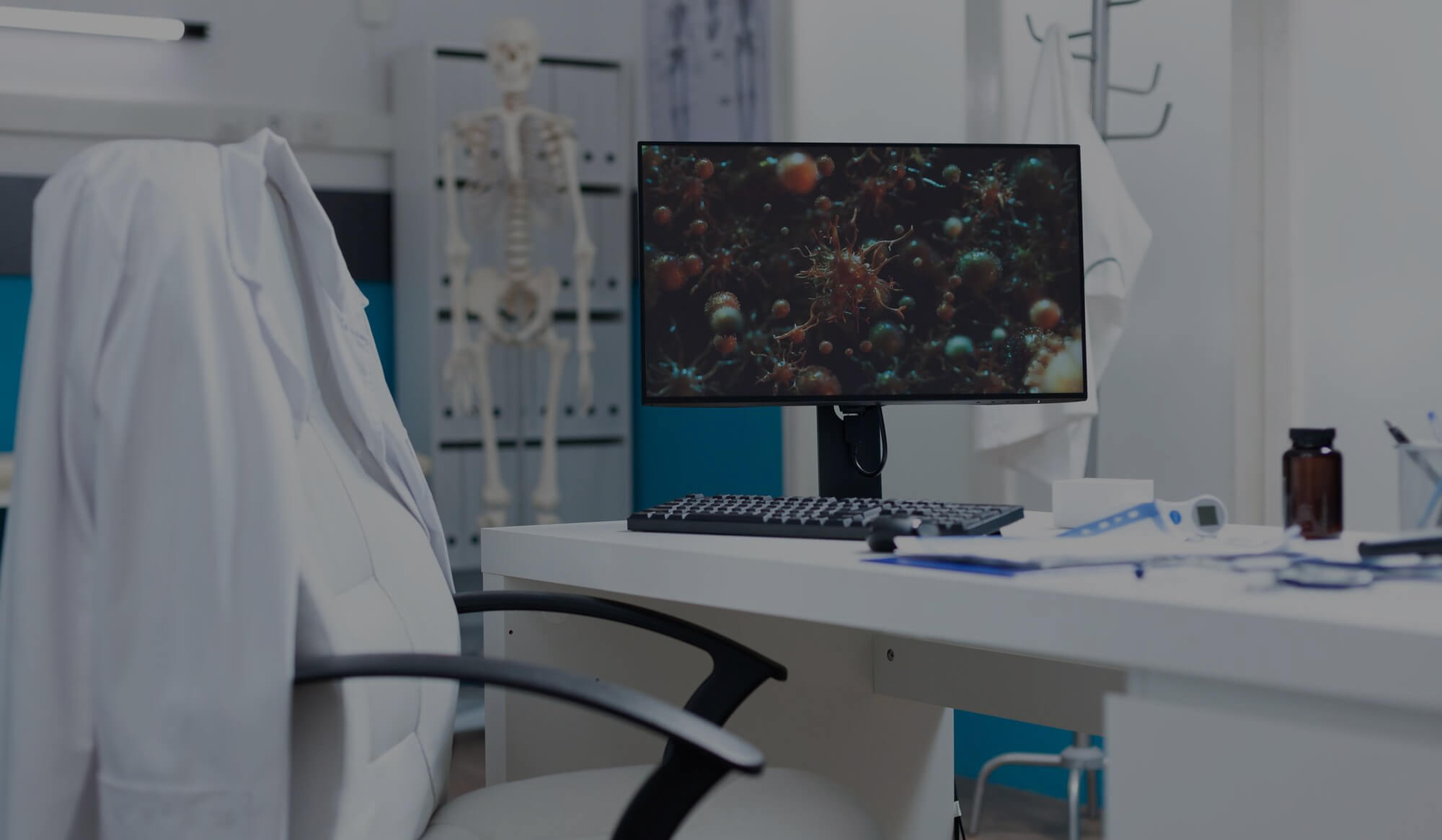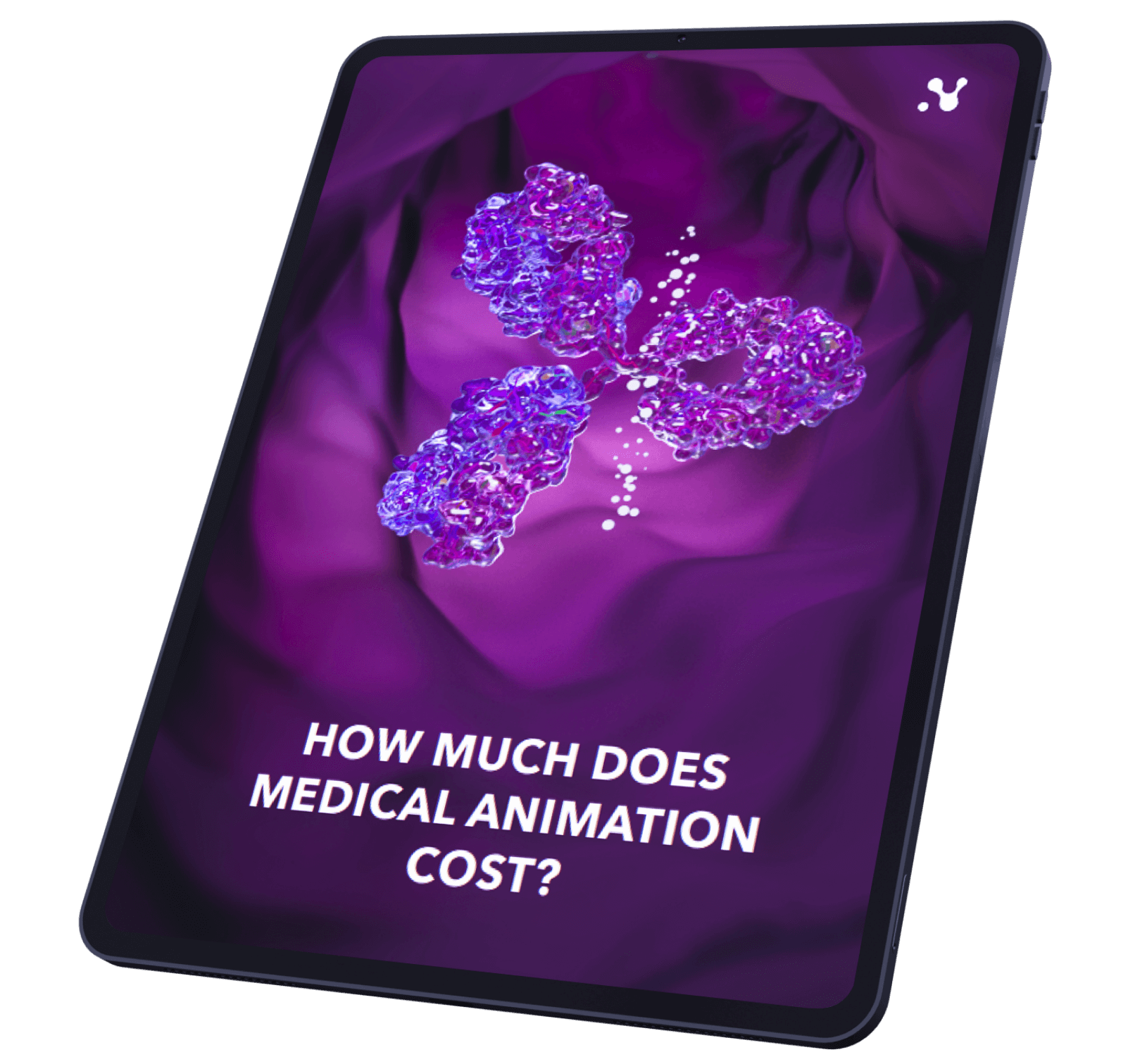Animation in the medical field has transformed how healthcare professionals educate, communicate, and research. By leveraging the power of visual storytelling and virtual simulations, medical animation has revolutionized medical education, patient care, and scientific discovery. In this article, we will explore the diverse applications of animation in the medical field, delve into its history, and discuss its prospects.
Understanding the Basics of Medical Animation
Before we delve into the various applications of animation in the medical field, it is important to understand what medical animation entails. Medical animation involves the creation of visually compelling and scientifically accurate animated content depicting complex medical concepts, procedures, and processes. It combines artistry and scientific knowledge to produce educational and engaging visual materials.
Medical animation is a fascinating field that utilizes the power of animation to simplify and enhance the understanding of medical information. It serves as a bridge between technical & medical knowledge and its comprehension by healthcare professionals, students, patients, and the general public. Using animations, medical professionals can effectively convey intricate anatomical structures, physiological functions, disease processes, and medical treatments, which might be challenging to comprehend through traditional visual aids alone.
What is Medical Animation?
At its core, medical animation is a form of visual communication that goes beyond the limitations of traditional illustrations and photographs. It brings medical concepts to life by utilizing dynamic visuals, motion, and interactivity. Medical animations can range from simple 2D illustrations to complex 3D renderings, depending on the level of detail required to convey the intended message.
Medical animation has become a valuable tool in medical education, allowing students to visualize and understand complex biological processes. It also plays a crucial role in patient education, helping individuals grasp the intricacies of their medical conditions and the proposed treatments. Furthermore, medical animation is increasingly being used in scientific research, allowing researchers to present their findings in a visually captivating and accessible manner.
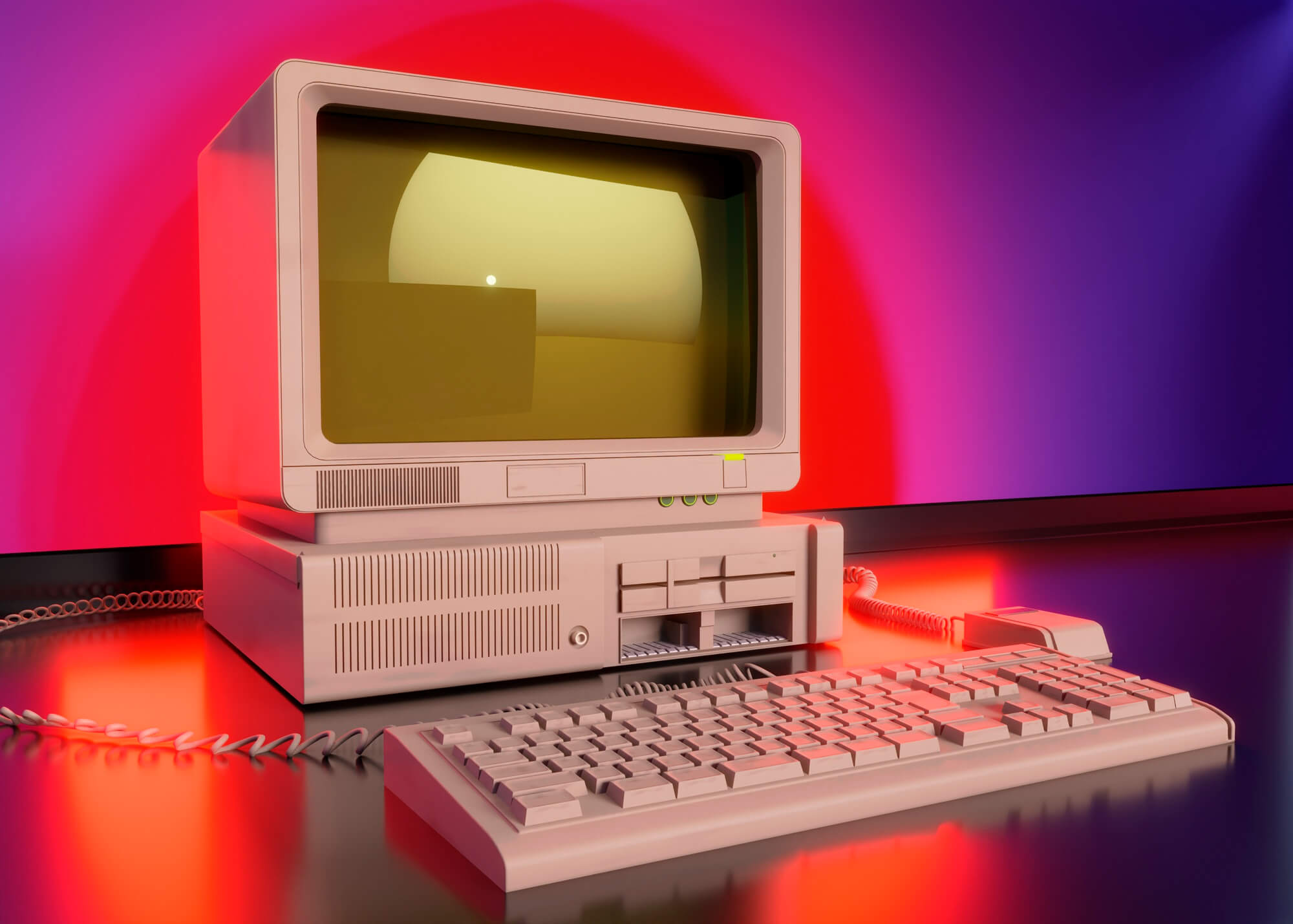
The History of Animation in Medicine
The use of animation in the medical field dates back several decades. Medical animation has evolved significantly from early hand-drawn illustrations to modern computer-generated animations. In the early days, medical illustrators painstakingly drew each animation frame by hand, creating intricate visuals that served as valuable teaching tools.
With the advent of technology, computer-generated imagery (CGI) and 3D animation came into the picture, revolutionizing the field of medical animation. These advancements allowed for more realistic and immersive animations, enabling medical professionals to explore the human body in previously unimaginable ways. Today, medical animations can accurately depict the human body’s inner workings, showcase surgical procedures, and simulate the effects of various medical treatments.
As technology continues to advance, the possibilities for medical animation are boundless. From virtual reality simulations to interactive educational tools, the field is constantly evolving to meet the growing demand for engaging and informative visual content in the medical industry.
The Role of Animation in Medical Education
Medical education has greatly benefited from the integration of animation. By using dynamic visual representations, animation helps medical students and professionals grasp complex medical concepts more easily. Let’s explore two key areas where animation plays a vital role in medical education.
Enhancing Understanding of Complex Medical Concepts
Complex medical concepts, such as cellular processes or surgical procedures, can be challenging to comprehend through textbooks or static images alone. Animation provides a dynamic and interactive medium for students to visualize these concepts in action. By animating molecular processes, anatomical structures, and physiological functions, students can grasp intricate details and better understand how the human body functions.
For example, imagine studying the process of mitosis, the cell division that occurs in all living organisms. While a textbook may provide diagrams and written explanations, animation takes it further. Through animated visuals, students can witness the intricate dance of chromosomes, the separation of genetic material, and the formation of new cells. This immersive experience truly allows students to comprehend cellular processes’ complexity and beauty.
Similarly, animation can provide a comprehensive view of the steps involved when learning about surgical procedures. Students can observe the precise movements and techniques required by animating each stage, from incision to suturing. This level of detail is difficult to capture in static images or written descriptions alone.
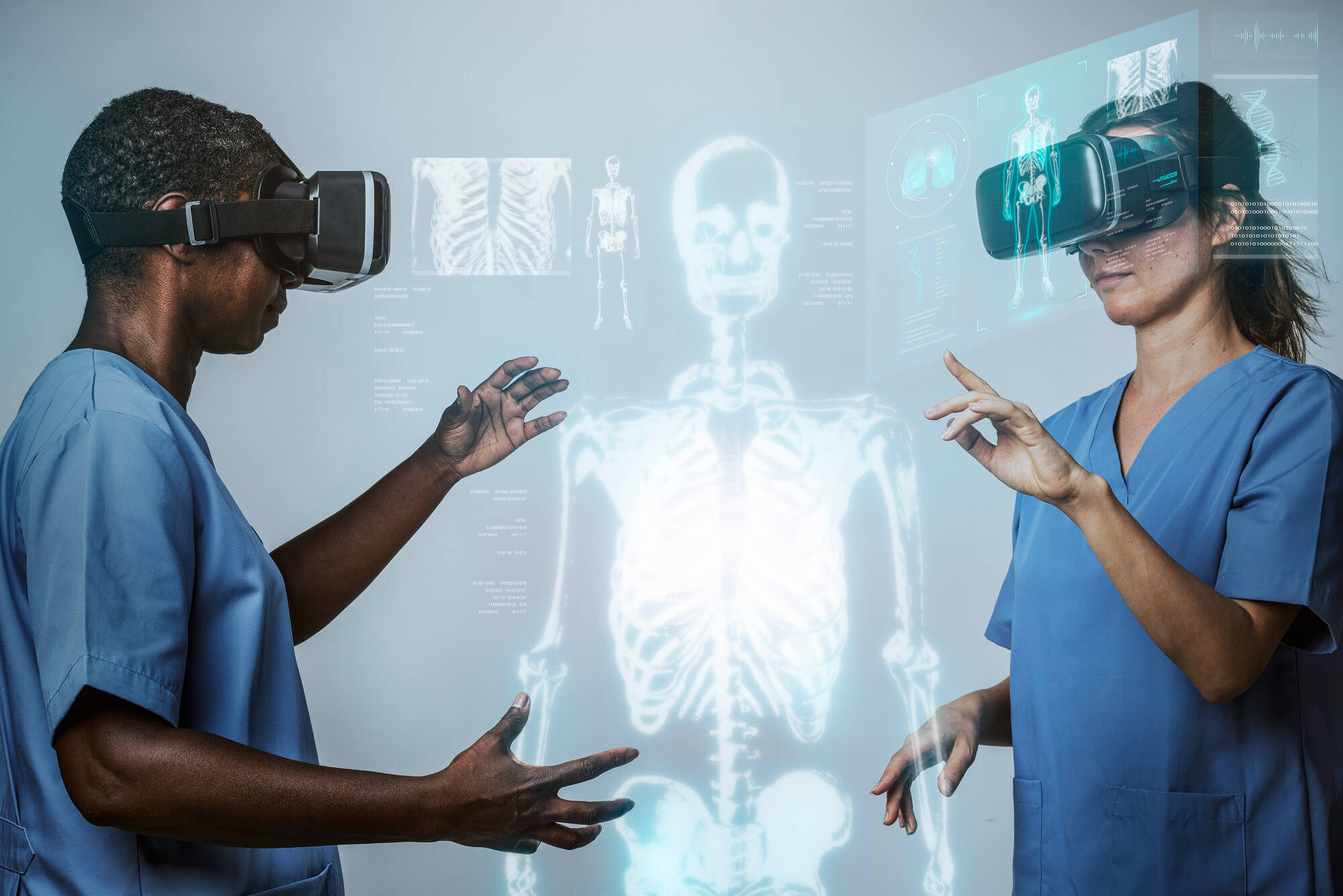
Virtual Reality and Simulation in Medical Training
Virtual reality (VR) and simulation have emerged as powerful tools in medical training. By combining animation with VR technology, aspiring healthcare professionals can immerse themselves in realistic medical scenarios, such as surgeries or diagnostic procedures, without risk to patients. This interactive and hands-on approach allows students to practice and refine their skills in a safe environment, ensuring better preparedness when they enter real-life medical settings.
Take, for instance, a student learning to perform laparoscopic surgery. Through VR simulation, the student can wear a headset that transports them into a virtual operating room. They can then practice manipulating surgical instruments, navigating through anatomical structures, and performing the necessary steps of the procedure. The animation within the simulation provides realistic visuals, allowing the student to develop muscle memory and spatial awareness, crucial skills for performing surgery.
Furthermore, VR and animation can also be used to simulate patient encounters. Students can interact with virtual patients, practicing their communication and diagnostic skills. Students can experience various medical conditions through animated scenarios and learn how to approach different cases empathetically and professionally.
Educators can create immersive learning experiences that bridge the gap between theory and practice by incorporating animation into medical training. Students can engage with complex concepts and scenarios in a way that fosters deep understanding and skill development. As technology advances, animation will undoubtedly play an increasingly important role in shaping the future of medical education.
Animation in Patient Communication and Care
Animation not only enhances medical education but also significantly impacts patient communication and care. Animation is a valuable tool for healthcare providers to improve patient outcomes and experiences by simplifying complex medical information and fostering patient engagement. Let’s explore two key areas where animation plays a crucial role in patient communication and care.
Simplifying Patient Education Through Animation
Medical jargon and complex concepts can be overwhelming for patients. However, animation provides an effective means to simplify and visually explain medical conditions, treatment options, and procedures in a manner that is easier for patients to understand.
Imagine a scenario where a patient is diagnosed with a heart condition. The doctor could use animation to demonstrate how the heart functions normally and then show how the condition affects its performance. By visually illustrating the problem, animation helps patients grasp the intricacies of their condition.
Furthermore, animation can be used to showcase treatment options. For instance, a patient considering surgery may have concerns and questions about the procedure. Through animation, healthcare providers can walk patients through the entire process, from pre-operative preparations to post-operative care. This visual representation helps patients feel more informed and confident in their decision-making.
By presenting information in an engaging and interactive format, animation empowers patients to make informed decisions about their health. It bridges the gap between medical professionals and patients, fostering collaboration and trust.

The Impact of Animation on Patient Engagement and Compliance
Animation has proven to be a powerful tool in engaging patients and motivating compliance with treatment plans. It goes beyond just simplifying information; animation brings medical concepts to life, making them more relatable and memorable for patients.
Take, for example, a patient who has been prescribed medication for a chronic condition. Through animation, healthcare providers can illustrate how the drug works in the body, its intended effects, and any potential side effects. Animation helps patients understand the importance of adhering to their prescribed treatment regimen by visually demonstrating the benefits and risks.
Animation has also been utilized in gamification techniques, making healthcare experiences more enjoyable and increasing patient engagement. By turning treatment plans into interactive games or challenges, patients are motivated to participate in their care actively. This gamification approach improves patient compliance and enhances the overall patient experience.
Moreover, animations can educate patients about preventive measures and lifestyle changes. For instance, animations can show the harmful effects of smoking on the respiratory system or the benefits of regular exercise on cardiovascular health. By visually highlighting the impact of certain behaviors, animation encourages patients to adopt healthier habits and take proactive steps toward their well-being.
In conclusion, animation plays a crucial role in patient communication and care. It simplifies complex medical information, fosters patient engagement, and improves compliance with treatment plans. By leveraging the power of animation, healthcare providers can empower patients to make informed decisions, actively participate in their care, and ultimately improve their health outcomes.
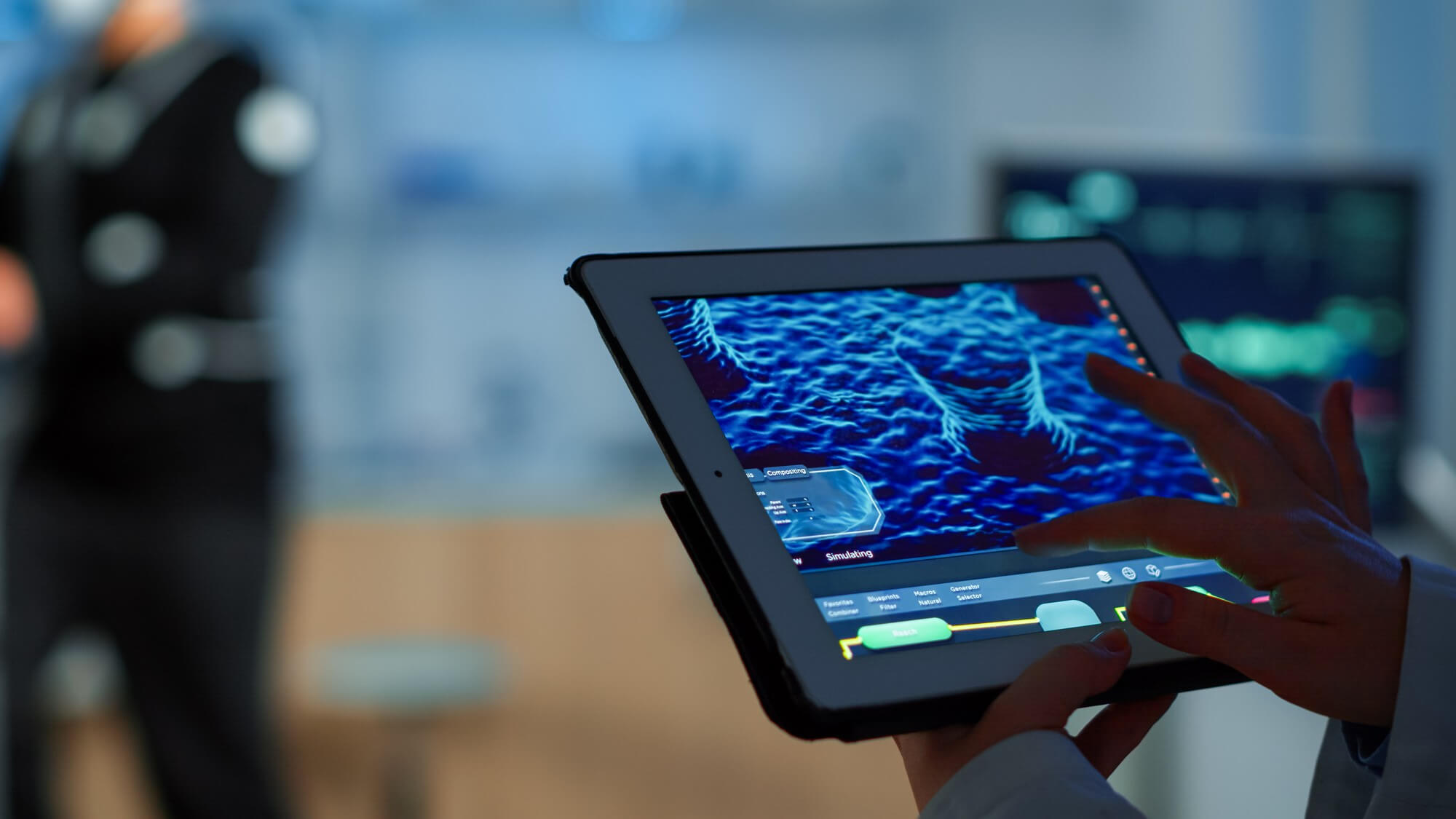
The Use of Animation in Medical Research
Animation has found its way into medical research, facilitating the visualization of microscopic processes and aiding drug discovery and development. Let’s explore how animation contributes to these critical areas of medical research.
Visualizing Microscopic Processes
Medical research often involves studying the intricacies of cellular processes and molecular interactions that are invisible to the naked eye. Animation enables scientists to visualize these microscopic processes in an accurate and visually engaging way. Researchers can gain insights into disease mechanisms and potential treatment targets by animating molecular pathways, cellular structures, and biological interactions.
Animation in Drug Discovery and Development
Pharmaceutical companies utilize animation in drug discovery and development to communicate complex scientific data to stakeholders. By creating animations that demonstrate the mode of action of a potential drug, its efficacy, and its safety profile, researchers can effectively convey their findings to regulatory authorities, investors, and the general public. Animation aids in streamlining the drug development process, making it more efficient and transparent.

The Future of Animation in the Medical Field
As technology advances, the future of animation in the medical field holds exciting possibilities. Let’s explore the emerging trends and challenges that lie ahead.
Emerging Trends in Medical Animation
Advancements in virtual reality, augmented reality, and artificial intelligence are shaping the future of medical animation. These technologies offer new avenues for creating immersive and interactive experiences that enhance medical education and patient care. VR and AR can transport medical students and patients into virtual environments, while AI can customize animations based on individual needs.
The Challenges and Opportunities Ahead
While animation offers tremendous potential, challenges remain. Creating medically accurate animations requires collaboration between animators and medical professionals to ensure accuracy and relevance. Moreover, integrating animation into healthcare systems and processes requires investment in infrastructure and training. Despite these challenges, the opportunities for animation in the medical field are vast, ranging from improving medical education to revolutionizing patient care.
In conclusion, animation has transformed the medical field by revolutionizing medical education, enhancing patient communication and care, and aiding medical research. Healthcare professionals can effectively convey complex medical concepts, educate patients, and visualize microscopic processes through visually compelling and scientifically accurate animations. As technology advances, the future of medical animation holds promise, with emerging trends such as virtual reality and artificial intelligence opening up new possibilities. With continued innovation and collaboration, animation will undoubtedly continue to play a vital role in advancing healthcare and improving patient outcomes.

